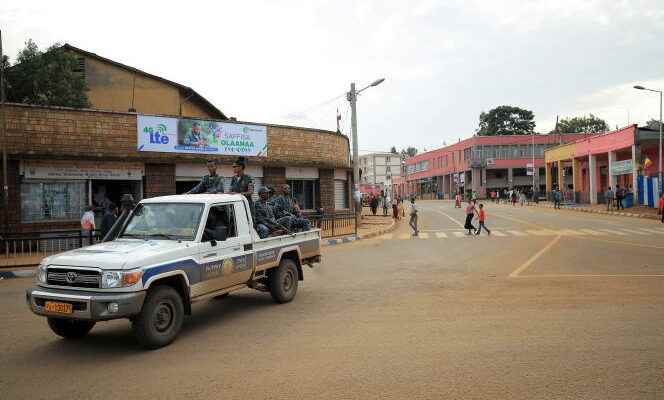Ethiopia is once again witnessing, in anguish, the outbreak of fever which seizes Oromia, the most populated region of the country. At the beginning of December, student demonstrations organized to protest against the repression of Oromo opponents and clashes with militias from the neighboring region, Amhara, rekindled the embers. University and high school students took to the streets and a dozen cities experienced serious upheaval. “We denounce the coordinated attacks against the Oromo by the federal government and the Amhara forces”ensures the World one of the organizers, leader of the Qeerroo movement, representing Oromo youth.
However, when anger rumbles in Oromia, Addis Ababa trembles. The political tribulations of recent years can bear witness to this. The wave of Oromo protests in 2016 rocked the regime at the time. And in 2020, the unrest following the murder of a popular Oromo singer had paralyzed the country for an entire summer. While a peace agreement has just been signed to end two years of civil war in Tigray (north), the renewed tension in Oromia threatens to plunge Ethiopia once again into chronic instability.
In the mosaic that constitutes Ethiopia and its 24 ethnic groups, Oromia, with its 40 million inhabitants, is located in the heart of the country, surrounding the capital. For three years, it has been the scene of a rebellion fueled by the Oromo Liberation Army (OLA) and clashes between members of the Oromo and Amhara ethnic groups, the two largest Ethiopian communities. A latent war that has its roots in a superposition of reasons: territorial claims, historical and ethnic disputes, as well as a struggle for political influence.
Martial law and air attacks
Recent images of executions of Oromo fighters by the Fano, Amhara militias, have raised the anger a notch. Between November 25 and 29, the area of Horo Guduru, 250 km northwest of Addis Ababa, was the battlefield so feared by Prime Minister Abiy Ahmed: provincial militias clashed and around twenty villages have been completely emptied in this district where the two communities cohabit and where the United Nations and the media have not dared to go for a long time. “The Fano have the will to create an exclusively Amhara zone in Horo Guduru”assures, on condition of anonymity, a humanitarian familiar with the question.
You have 57.69% of this article left to read. The following is for subscribers only.
